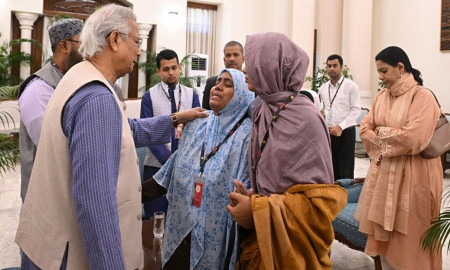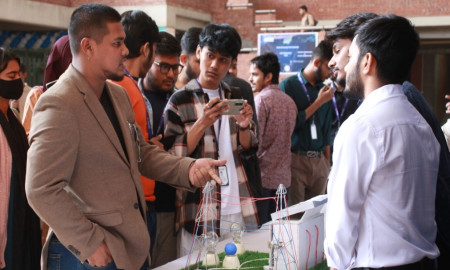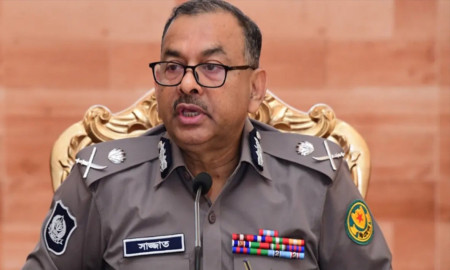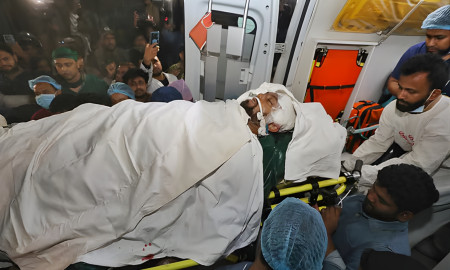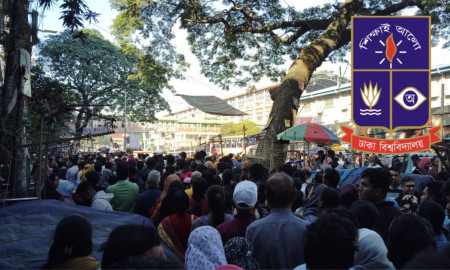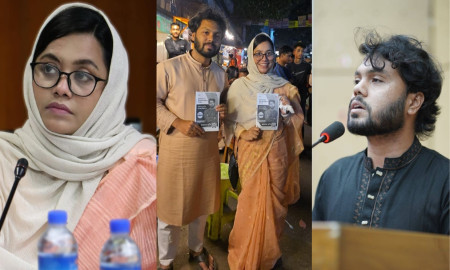250 Year Old Rare Books at Alia Madrasah Library Face Destruction Risk

Entering the room, one is greeted by shelves stacked with books. Their size alone sets them apart from modern prints—larger, with thick pages that feel fragile, as if they might tear at the slightest touch. The building bears the inscription "1960," but the library itself dates back nearly 250 years. This is the Central Library of Government Madrasah-e-Alia in Dhaka, home to some of the country’s most rare and priceless manuscripts.
Established in 1780 in Kolkata as a center for Arabic, Persian, and Urdu education under British rule, the library came to East Pakistan (now Bangladesh) in 1947 after partition. It houses over 24,500 books, many once part of the curriculum, reflecting the institution’s once-rich academic tradition. Among its treasures are a rare illustrated copy of Ferdowsi’s Shahnameh, a handwritten Bukhari Sharif, ancient Islamic encyclopedias, and numerous handwritten manuscripts in Arabic, Persian, and Urdu.

Librarian Mahmuda Begum, who oversees maintenance, told The Daily Campus, “From 1780 to the present, we have books from every era. The most valuable is Ferdowsi’s Shahnameh—unique to this library in Bangladesh. We also have handwritten Persian texts and Bukhari Sharif. Unlike national archives, which preserve books over 25 years old, an academic library like ours rarely holds such ancient and rare volumes.”

The library tour revealed a large room lined with bookshelves on all sides and two rows in the center. Each shelf is filled with meticulously arranged books, mostly in Arabic, Persian, and Urdu—some handwritten, including manuscripts.
Researchers from home and abroad visit specifically for these texts. “Foreign scholars, especially from Iran’s embassy in Tehran, come for Persian manuscripts,” Mahmuda said. “They stay 10–15 days, knowing exactly what they’re looking for—often after visiting Kolkata Alia Madrasah.”

Students and faculty of Dhaka Alia Madrasah can access the reading room with entry. Each department also has its own seminar library with current syllabus-related reference books, reducing the need to visit the central library. On Tuesday, with exams ongoing, no students or teachers were seen—only a few Class 6 students playing hide-and-seek.
However, preservation remains a critical challenge. The library lacks air-conditioning, allowing dust to accumulate. Books are cleaned manually and treated with chemicals to prevent insect damage, but their age—200–250 years—makes them extremely vulnerable. Mahmuda Begum said, “Old books naturally tear. These are 200–250-year-old paper. We use chemicals to prevent insect damage, applied by experienced people. We also wipe dust daily and open shelves for ventilation. But without climate control, dust enters everywhere.”

Principal Professor Mohammad Ubaidul Haque expressed concern: “Researchers worldwide visit our library. We encourage students and faculty to use it. But the current facility is unfit for preserving rare books. We’ve repeatedly requested modernization—a dedicated library building and digitization into e-books to protect fragile originals.”
Proposals have been sent to relevant ministries, but no action has been taken yet. Without urgent intervention, this irreplaceable cultural heritage risks permanent loss.


